Product Review: Shark Injector
The full-page ad copy shouted, “I will boost your horsepower & torque.” Whoa! With claims like that, I felt personally challenged to test the Shark Injector. It’s an OBD-II connector that overwrites a part of the BMWs DME (BMW speak for electronic control unit or ECU) with its own internal Conforti software to deliver claimed results. So I installed the Shark Injector on a BMW 325i, one of the many six-cylinder BMWs supported by the Shark (includes all sixes in the 3, 5 and Z series BMWs through 2005, plus the M3 and X5 3.0). Or should I say I set about installing the Shark injector…
Installation involves connecting the Shark Injector to the car’s OBD-II connector, following the detailed instructions, allowing the Shark’s software to copy itself over the default factory software. Assuming all goes well, the programming takes about forty minutes. The lights on the device signal green for complete, and red for “issues”. In real life, installation can be tricky, requiring a battery charger connected to the car to provide the necessary voltage while programming. Without this, the installation will not work; the device checks for the needed voltage. Also, you need a mirror to see the programmer, as the car’s doors have to remain shut during installation.
Ebay buyers beware! Once installed, the device becomes locked to the car and will not work on any other vehicle. The Shark stores the stock DME program to allow reinstallation at a later date; such as when selling the car or taking the car to the dealer for engine issues (hint hint). Even though the federal Magnuson Moss warranty law specifically allows devices like these without voiding your warranty, many Bimmer dealers will look for any excuse to limit warranty claims if they can blame the software for the defect. Even if, in fact, the software did not cause the problem.
The Shark Injector provides some real world benefits beyond the claimed power increases. First, it changed the redline limiter of the vehicle, increasing permitted revs by several hundred additional revolutions. On my install, I was able to gain approximately 400 RPM over stock before the rev limiter kicked in. This extra room let me stay in a lower gear a bit longer, improving performance under certain… conditions. Needless to say, maintaining constant high speed revs is a sure way to decrease your engine life. Also note: this benefit may be illusory for most slushbox users without extra software to reprogram the shift points on the car’s auto transmission.
The second benefit (especially if you drive the autobahn frequently or rob banks for a living): removal of the 155 mph top speed limit. The limit is part of a gentleman’s agreement between Audi, BMW and Mercedes (but not Porsche) to appease Germany’s Greens. Assuming you have the appropriate speed-rated tires and a long enough track, a Sharked car will surpass this limit. My test 325 only dreams of such speeds.
The third benefit: subjective drivability. After installation, I felt that the throttle was a bit more responsive. The car did not feel faster or more powerful, but power delivery was smoother. This could, of course, be the placebo affect, to justify the nearly $400 I paid for the device. But I stand by my feelings, immeasurable as they my be.
That said, several sites include dyno results for the Shark. They show slight increases for the 2.5 and 3.0-liter engines, with more power gains on the 2.8-liter engine. None of the increases is dramatic, ranging from five to 10 horsepower. This is due, in part, to BMW already tuning their cars for the best performance with lower octane gas. Sharked cars require at least 91 octane to operate without potential vehicle harm from engine pinging.
The Shark Injector is emissions legal in most states, but not California and its emissions compadres. It’s available online from several retailers, including bimmerzone.com and turnermotorsports.com, for $369.00.
I give a qualified recommendation for this product due to the price and limited gain. Combined with a quality cold air intake, free flow exhaust and good gas, you will have a slightly faster, better driving and better sounding car. The only way to really gain power from these cars is via forced induction. That runs several thousand dollars, but delivers huge performance gains and more power-per-dollar than these choices. However, for most drivers, the Sharked car is a simple, slightly expensive way to improve the ultimate driving machine.
More by Michael Posner
Latest Car Reviews
Read moreLatest Product Reviews
Read moreRecent Comments
- Spectator Wild to me the US sent like $100B overseas for other peoples wars while we clammer over .1% of that money being used to promote EVs in our country.
- Spectator got a pic of that 27 inch screen? That sounds massive!
- MaintenanceCosts "And with ANY car, always budget for maintenance."The question is whether you have to budget a thousand bucks (or euro) a year, or a quarter of your income.
- FreedMike The NASCAR race was a dandy. That finish…
- EBFlex It’s ironic that the typical low IQ big government simps are all over this yet we’re completely silent when oil companies took massive losses during Covid. Funny how that’s fine but profits aren’t. These people have no idea how business works.



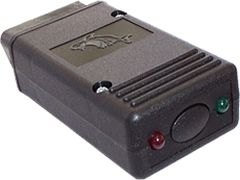













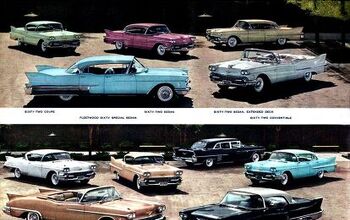

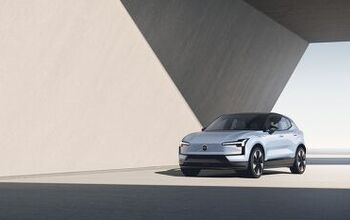

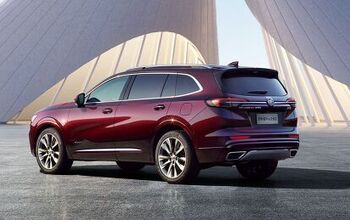
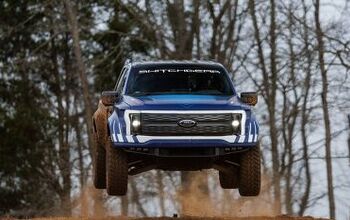
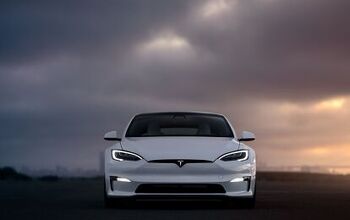

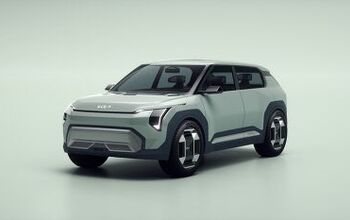
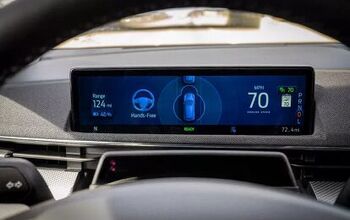
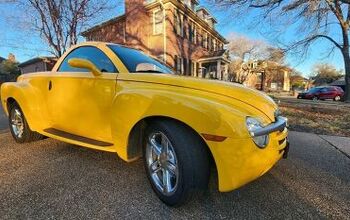

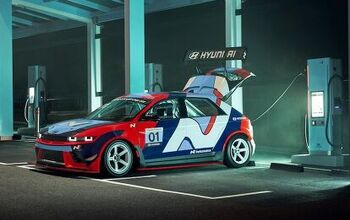



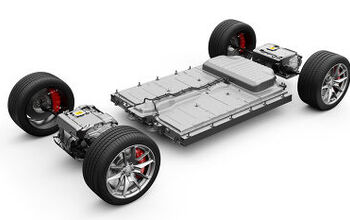
Comments
Join the conversation
As far as air filters go, K&N will be sad to hear that if you measure the pressure loss across a standard air filter element at full power, the /most/ I've seen is 0.1 psi, ie less than 1% compared with no filter. That actually included the entire run of the intake back to the plenum. Temperature increase in the air intake is probably far more important than any perceived ram effect, pick cold air up, and keep it as cold as you can.
It's 2016 now. Eight years since this article was written. I have a 2005 BMW 330ci with AFE intake, drive by wire bypass and just added the Bavarian Auto Sport Power Programmer (Conforti Shark rebagged). It does in fact make a noticeable improvement to acceleration. My guess is 5-7hp. I've been driving for 37. Everything from a highly modified VW Gti to a 1969 hemi Barracuda. I can tell when changes have been made due to years of working on and racing cars as a hobby. Usually the ones saying these mods don't work are the ones that never tried them. $350 isn't much at all to pay for this mod when the next alternative is $5000+ forced induction. You gotta pay to play boys.